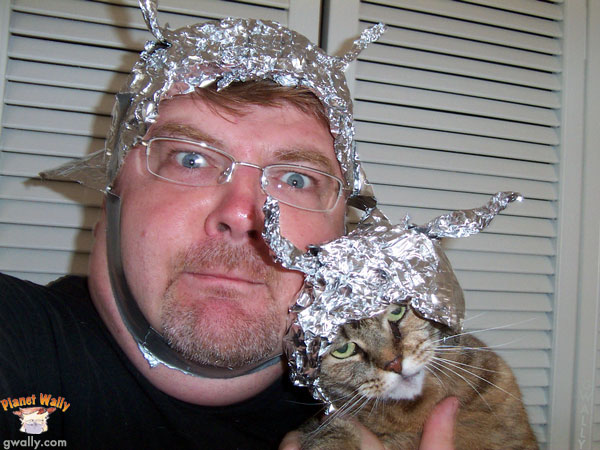Pixl,
There appear to be inconsistencies between your spectrum analyzer and quality results. These could be caused by a wide variety of factors, which makes it difficult to say anything definitive. It is possible for a FTAer with simple tools to distinguish the performance of different LNBs on a particular dish, but that doesn't mean it is easy. You really need a reference dish, you need to carefully realign each LNB/dish as the LNBs are swapped, you need to run several independent trials and you need to select several transponders across the bandwidth because LNBs are notorious for varying CNR responses. At best this process will take hours and require significant data reduction afterwards.
Brian,
Putting tin foil over an LNB will give you a number or numbers related to the self-noise of a LNB, but there will be other components mixed in that will make any comparison difficult. First one would have to measure the noise at several frequency points, because few LNBs exhibit a flat response. Then you will have to figure out what the LNB gain is at each of these frequencies. That will be quite a challenge in itself. Finally you have to factor out the noise contribution of the foil, as its noise temperature will be quite high. This all assumes there is no spurious radiation from the LNB itself, which may be reflected back from the foil. Even if one successfully charts a course through this gauntlet, you will probably find the self-noise of modern LNBs is swamped by background radiation picked up by a dish. While claims of LNB NFs (down to 0.1 dB) are often dubious, they are often inconsequential when compared to the undesired thermal noise from other sources.
It's probably worth pointing out that some of the reason people have problems locking high FEC and 8PSK (or higher order modulations) with low quality LNBs is the phase noise of the LNB, not its self-noise. Many LNB manufacturers conveniently avoid fully specifying phase noise, perhaps because people tend to fall for the self-noise trap. Before anyone gets started, measuring phase noise directly without serious test instrumentation is next to impossible. However the demod technique I alluded to in my previous post will incorporate all the contributions, including phase noise, to the estimated CNR.


